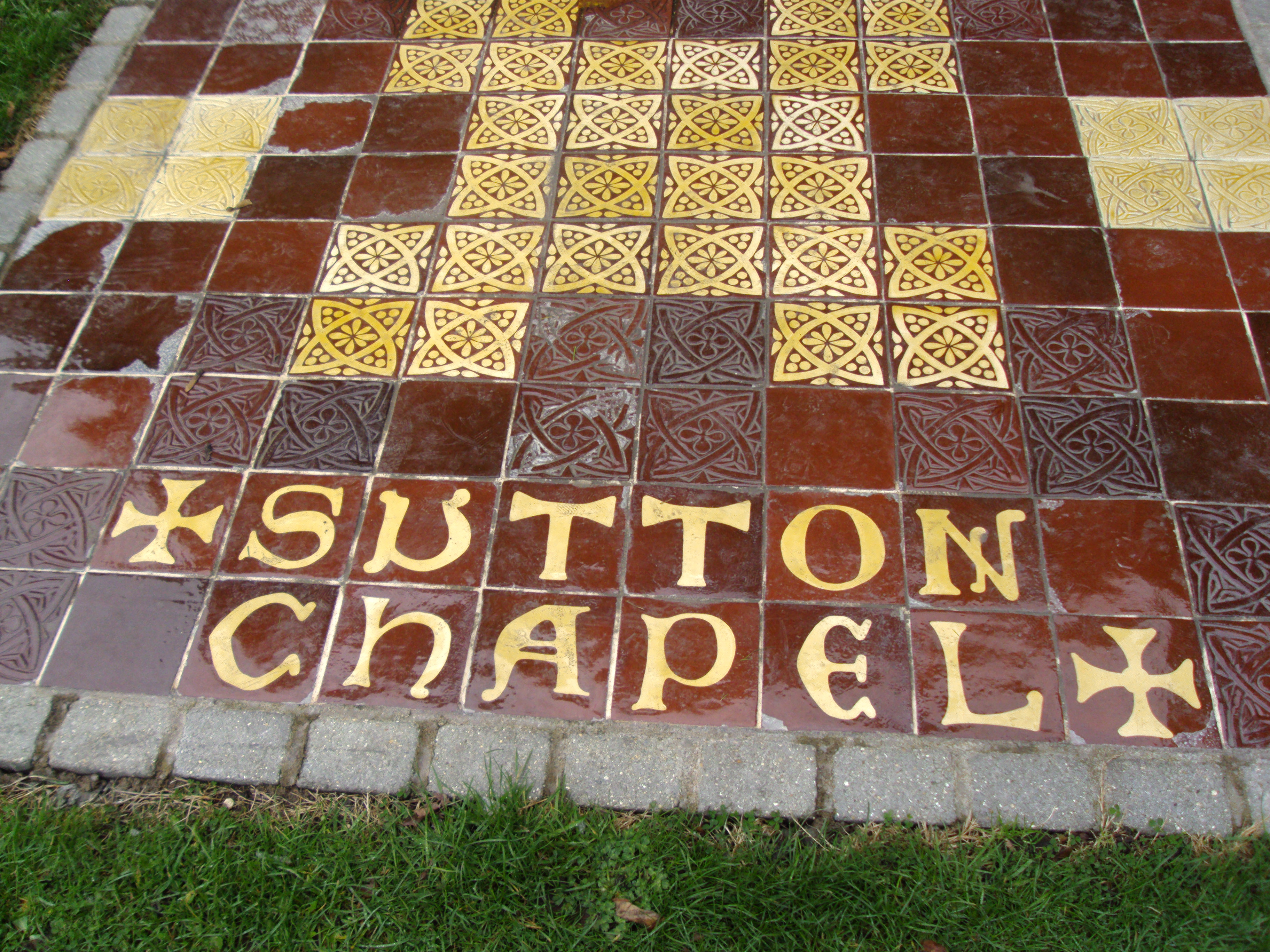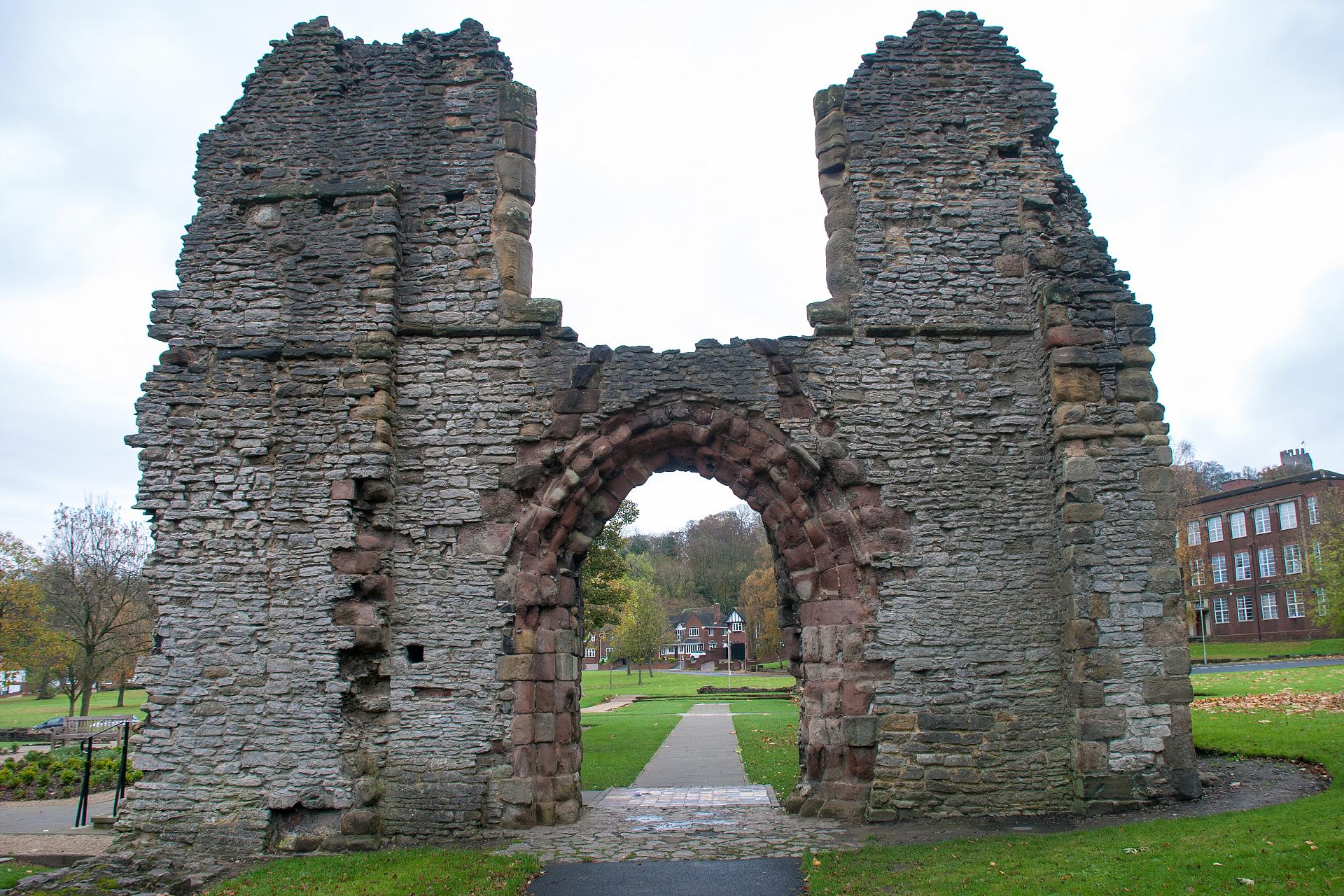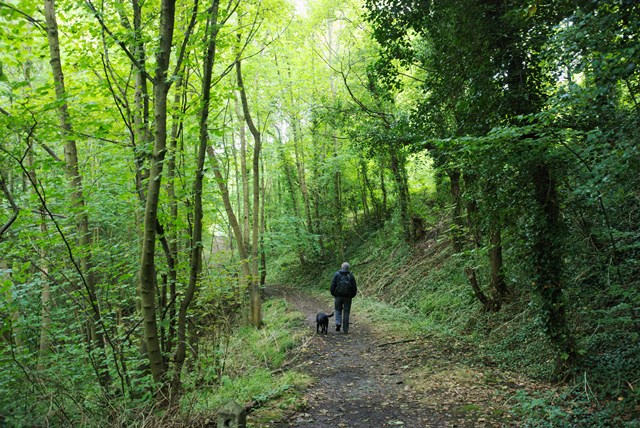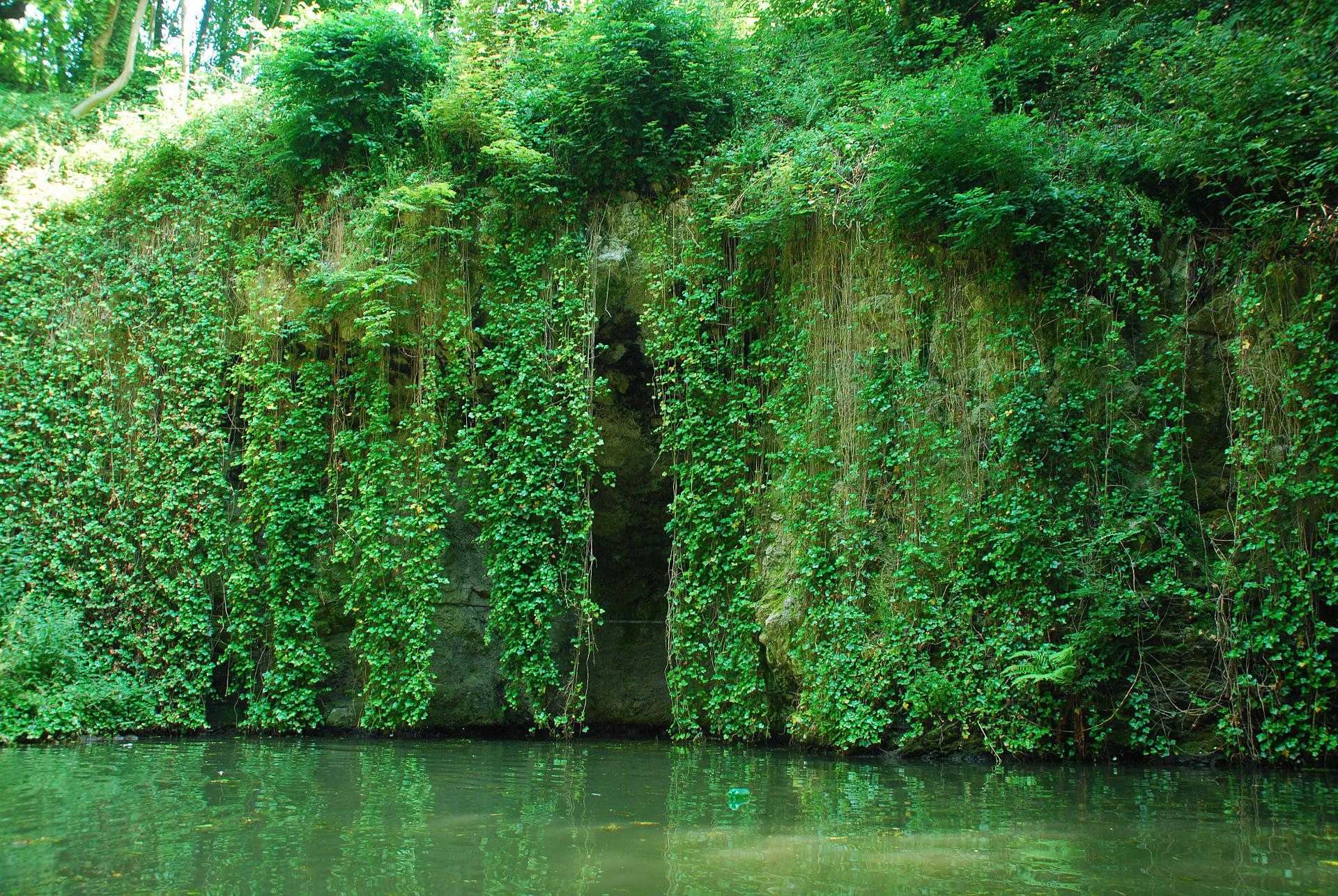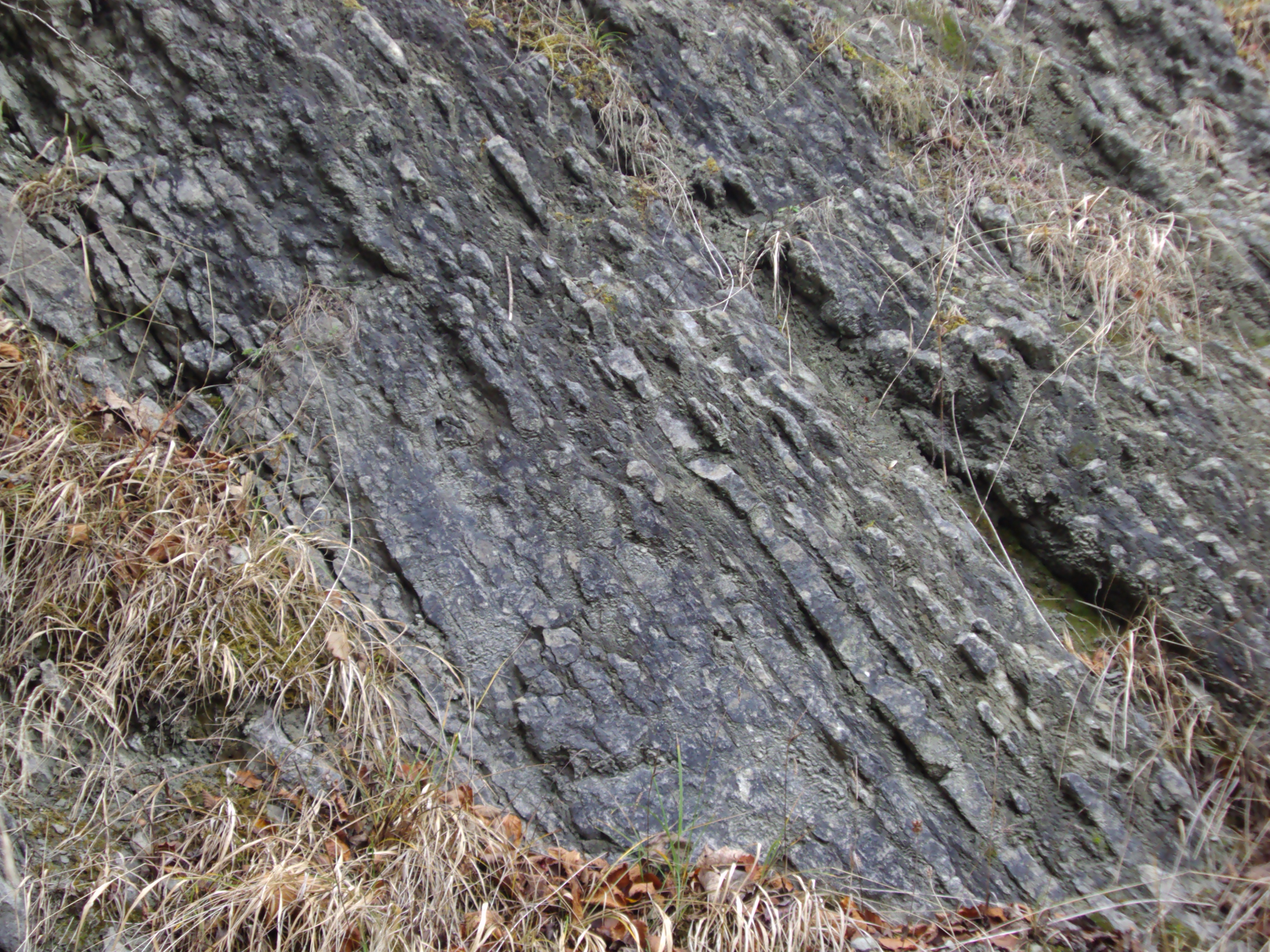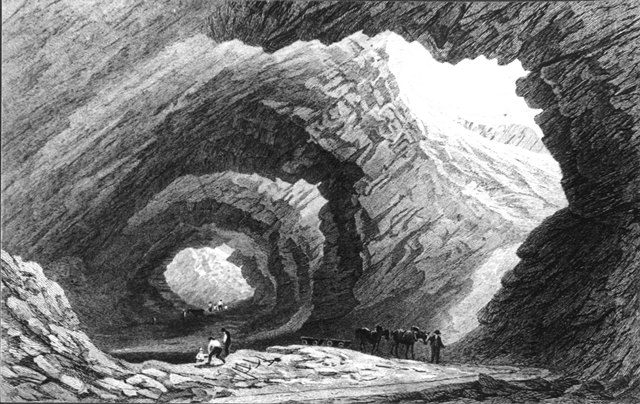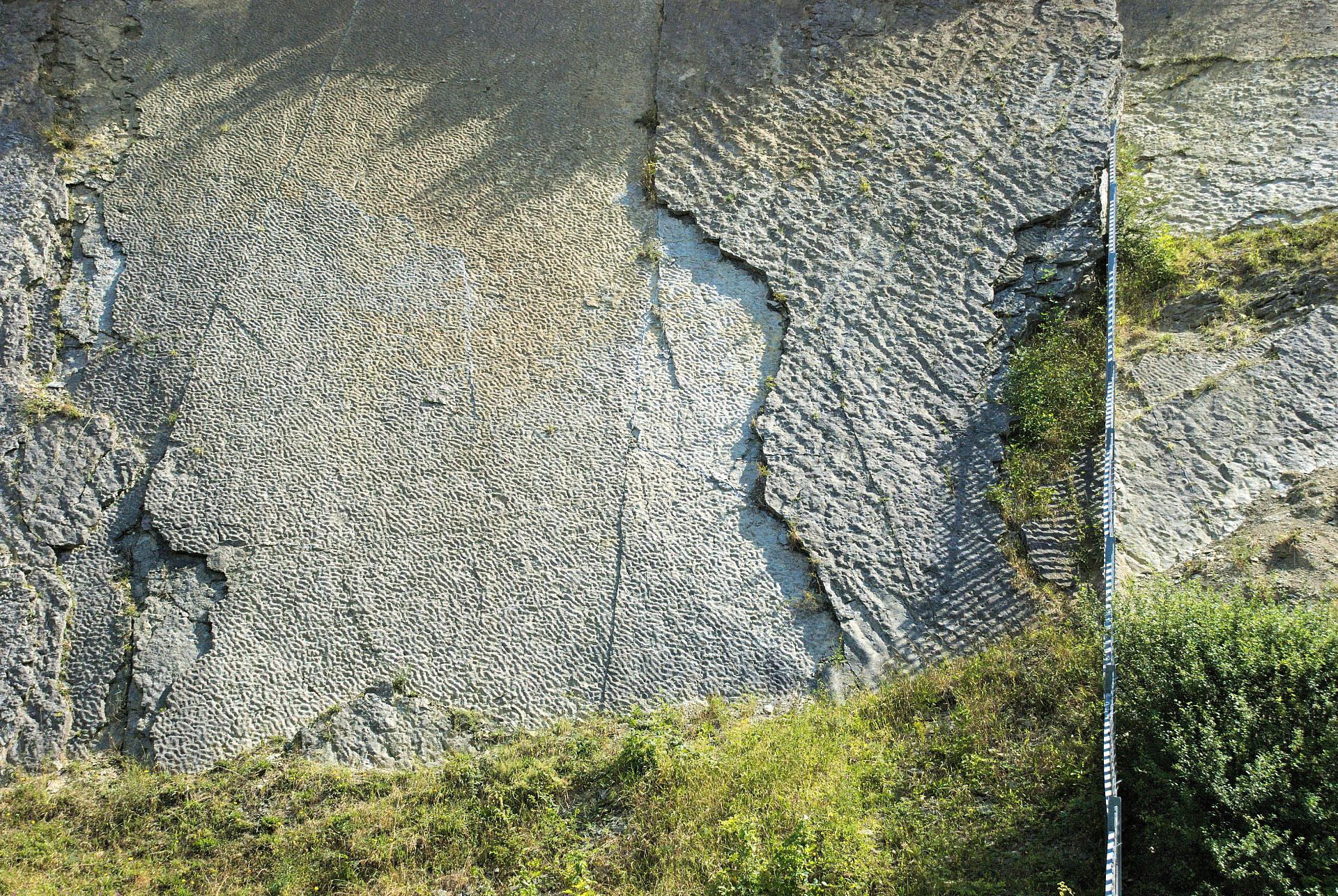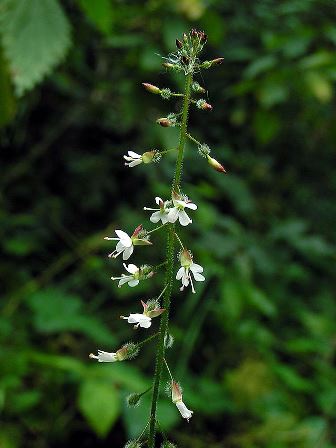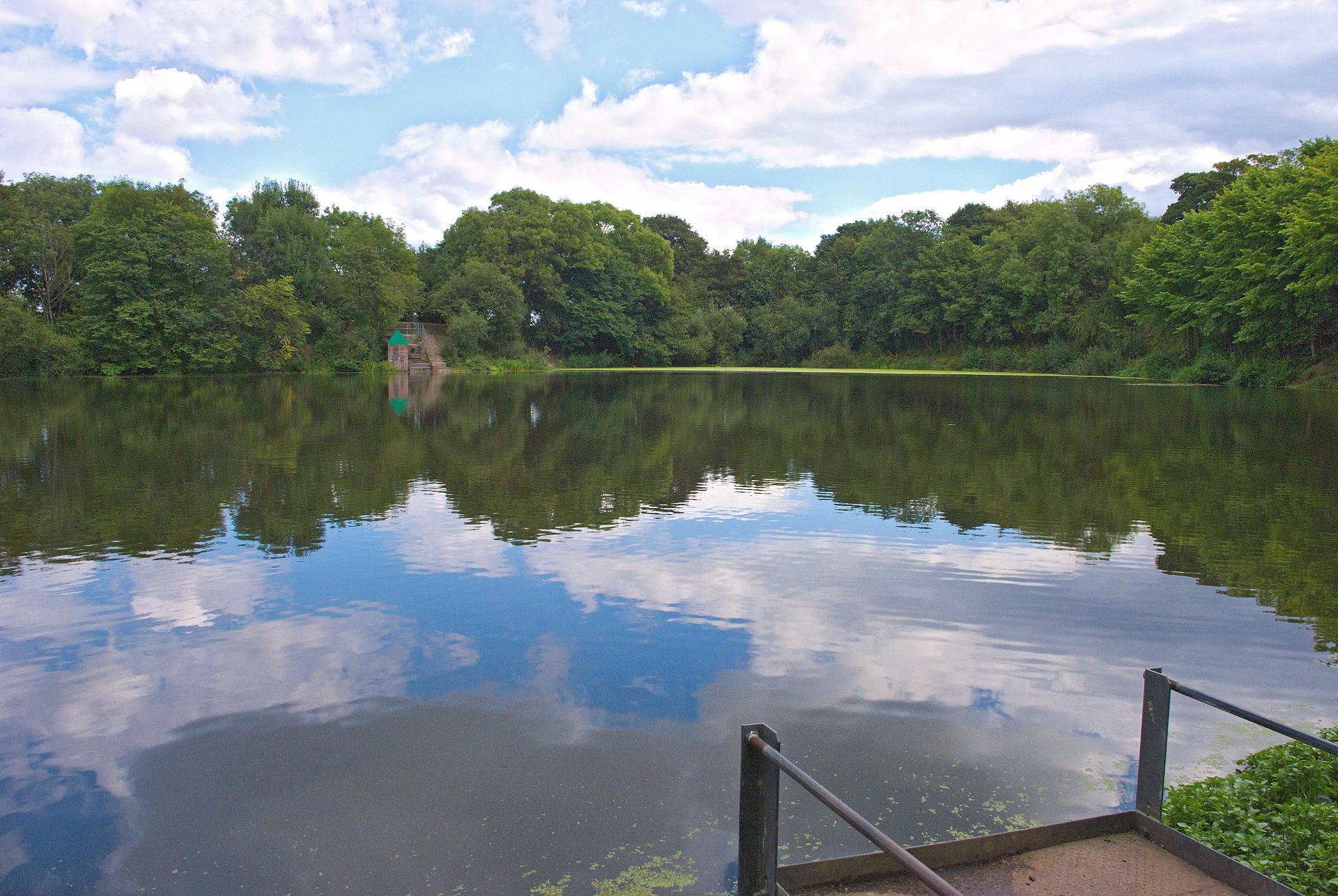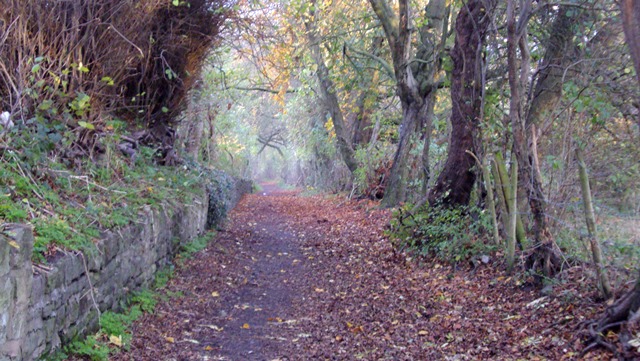A walk through the bedrock of the Industrial Revolution
During the nineteenth century the West Midlands became the centre of industrial Britain. The area's green valleys and fields became "a landscape blackened by day and red by night".
But have you ever wondered why?
This walk answers that question by crossing four limestone hills and journeying through 428 million years of the Earth’s history.
Enjoy panoramic views over the West Midlands, explore a leafy green corridor through the heart of the Black Country and even search for fossils.
